TEMPO.CO, Jakarta - In September 2025, one of the largest far-right demonstrations in modern UK history took place in London. Branded Unite the Kingdom, the rally drew between 110,000 and 150,000 people, according to the Metropolitan Police.
Although initially promoted as a free speech event, the protest quickly turned into an anti-immigrant rally. Participants carried Union Jack and St. George’s Cross flags, alongside American and Israeli banners. Chants of We want our country back and Send them home echoed through Whitehall.
Clashes erupted between protesters, counter-demonstrators, and police, leaving 26 officers injured and dozens arrested. Rally leader Tommy Robinson (Stephen Yaxley-Lennon) called the event “the spark of a cultural revolution” and accused migrants of enjoying greater legal rights than native Britons.
What triggered the unrest?
The protests were fueled by a series of flashpoints since August 2025. They began in Epping, where an Ethiopian migrant at a hotel was accused of sexually assaulting a teenager. A court ruling later banned the use of the hotel to house asylum seekers, prompting wider demonstrations.
Another major catalyst came from a stabbing in Southport on July 29, which killed three girls aged six to nine. The perpetrator, 17-year-old Axel Rudakubana, was born in Wales. However, misinformation online falsely claimed he was a Muslim migrant.
That narrative sparked violent riots in more than 20 cities, including Manchester, Sunderland, Plymouth, and Belfast, where police vehicles were torched and more than 50 officers injured.
Why is immigration such a flashpoint in the UK?
The UK has faced record numbers of asylum applications—111,000 by June 2025, with more than 106,000 cases pending. At one point, over 32,000 asylum seekers were housed in hotels, costing the government billions of pounds annually.
These strains, combined with inflation, high living costs, and political division, have made migration an easy target for far-right groups, according to analysts.
How did protests spread to Australia?
A similar wave reached Australia under the banner March for Australia. On August 31, thousands gathered in Sydney, Melbourne, Brisbane, and Perth, with police estimating 5,000 to 8,000 participants in Sydney alone.
Unlike the UK, where protests targeted migrants broadly, in Australia the focus fell on the Indian community. Flyers claimed: More Indians in 5 years, than Greeks and Italians in 100 And that's just from one country we know migration has a cultural impact.
Counter-demonstrators responded by calling the rallies racist and carrying pro-migration banners.
The Australian government strongly condemned the protests, linking them to neo-Nazi groups. Multicultural Affairs Minister Anne Aly said, “Now that, to me, is clearly racist when you target a specific ethnicity. That is clearly racism.”
Who is behind the Australian protests?
Reports from The Age identified Thomas Sewell, a known neo-Nazi figure, at the Melbourne rally. Sewell and several men in black clothing attacked Camp Sovereignty, an Indigenous protest site, injuring four people before dispersing. No arrests were made.
Prime Minister Anthony Albanese responded by defending migration as essential to Australia’s prosperity, saying that a modern nation that has “benefited from our multiculturalism, that overwhelmingly people live in harmony of different ethnicities, different religions, different backgrounds, and we're enriched by the diversity in this country.”
What does this mean for Indonesia?
Lina Alexandra, Head of International Relations at the Center for Strategic and International Studies (CSIS), argued that these movements are deeply connected to global economic pressures. “Fundamentalist groups wait for the right moment. Inflation, rising prices, and fewer job opportunities give them that platform,” she told Tempo.
She warned that Indonesian citizens in the UK and Australia could face heightened risks during protests. Migrant workers and students are especially vulnerable to xenophobic sentiment.
At the same time, Lina emphasized that both countries rely heavily on migrant labor in healthcare, eldercare, and science. “Those advanced countries will also suffer without migrant workers,” she said.
Could stricter migration policies have wider consequences?
Lina pointed out that migration debates also affect entire communities who are already citizens. “Australians of Asian and Middle Eastern descent are still seen as migrants, even though they are full citizens,” she explained.
She drew comparisons to the United States, recalling the detention of more than 300 South Korean workers at a Hyundai plant in Georgia, which prompted international backlash. Former President Donald Trump later backtracked, writing on social media: “Foreign workers are welcome in America.”
For Indonesia, the bigger concern is whether anti-immigrant movements harden into policy. This could restrict opportunities for Indonesian workers abroad while increasing risks for nationals already in those countries.
Editor’s Choice: Indonesian Foreign Ministry Explains Prabowo's Microphone Cutoff at UN Assembly
Click here to get the latest news updates from Tempo on Google News















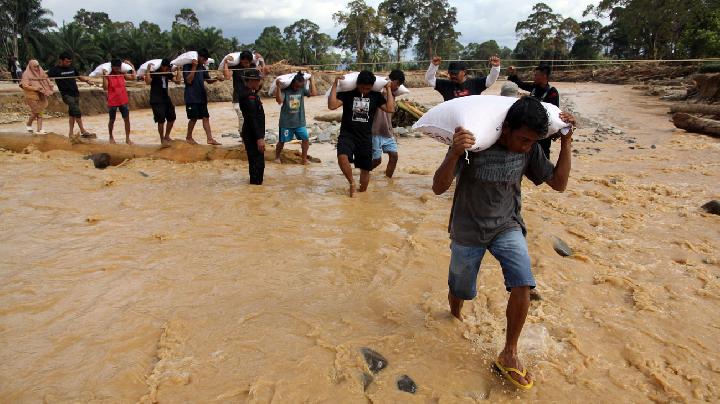


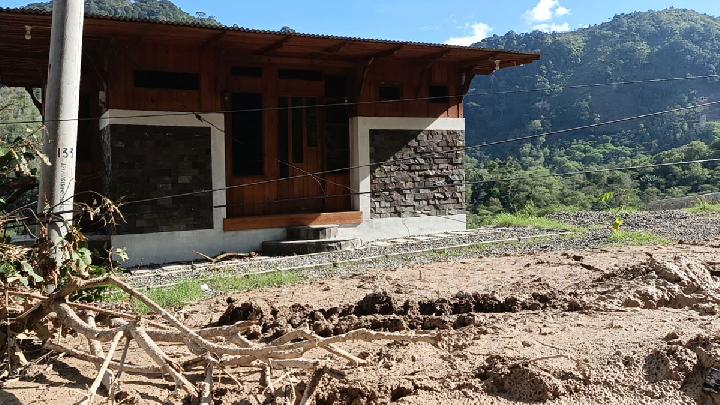

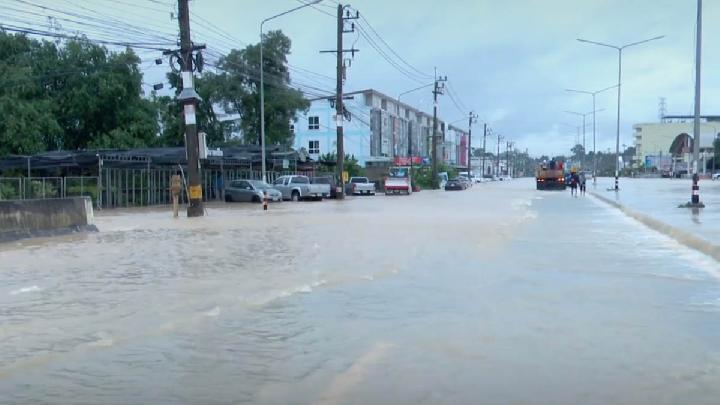










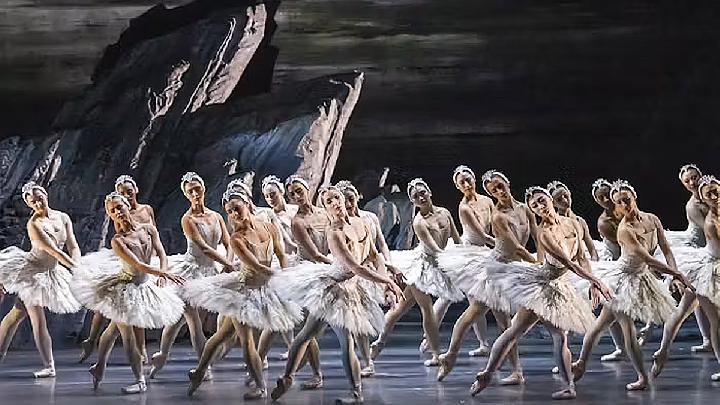



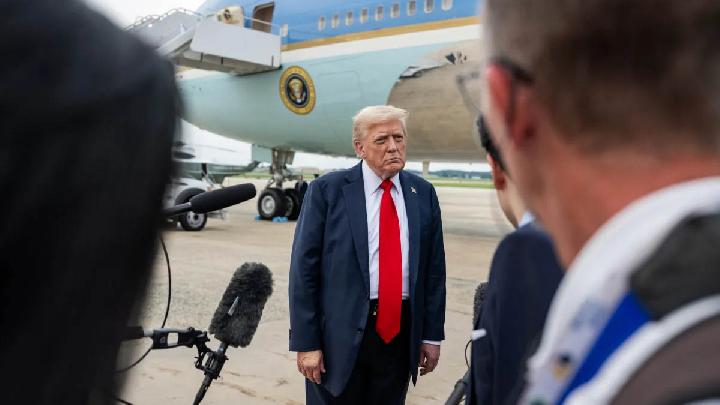

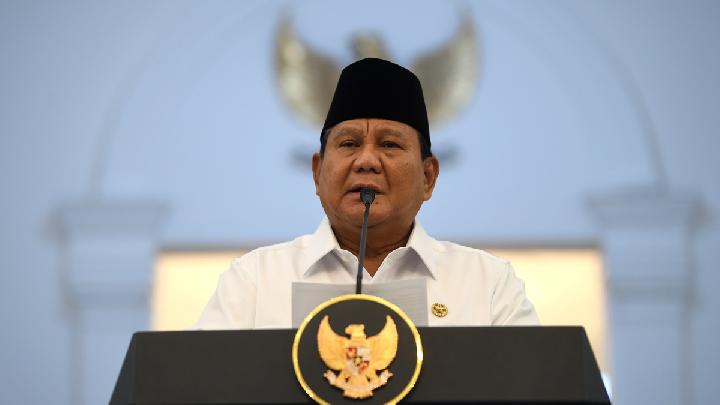
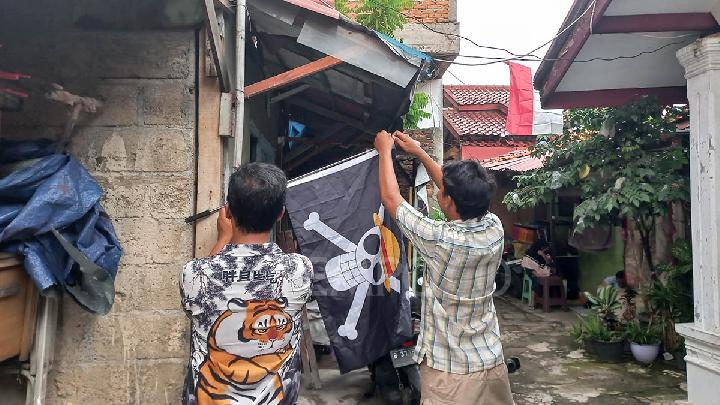
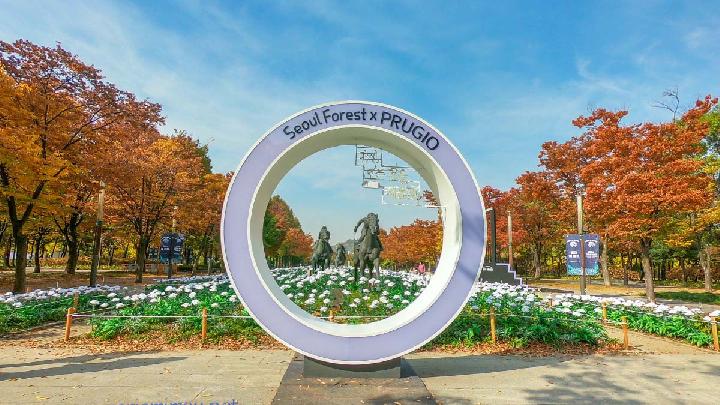
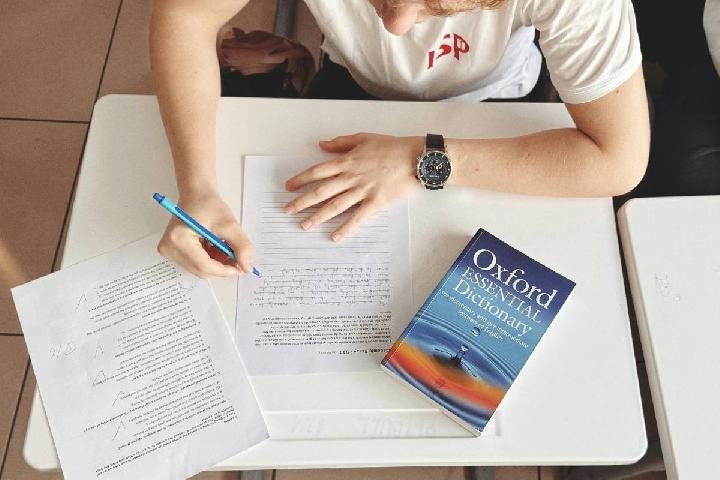

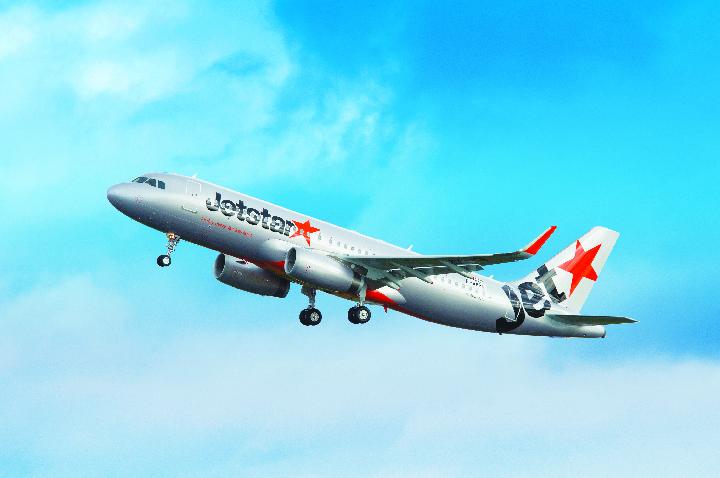
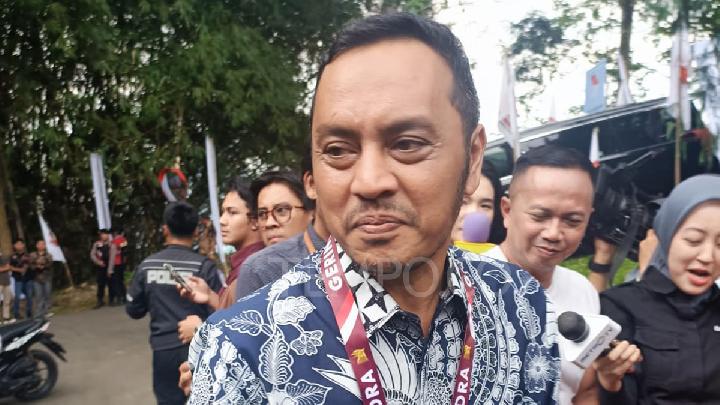
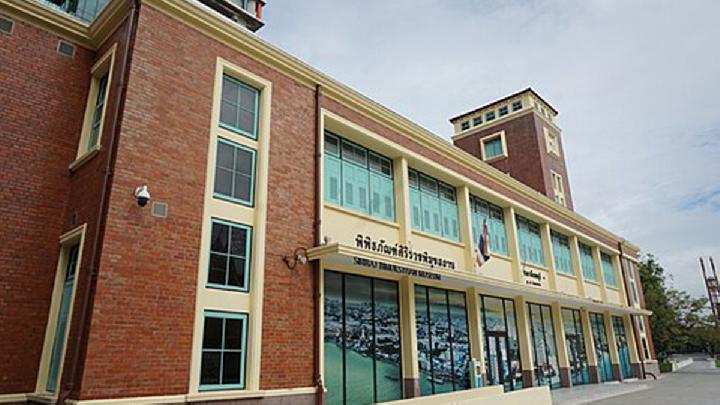
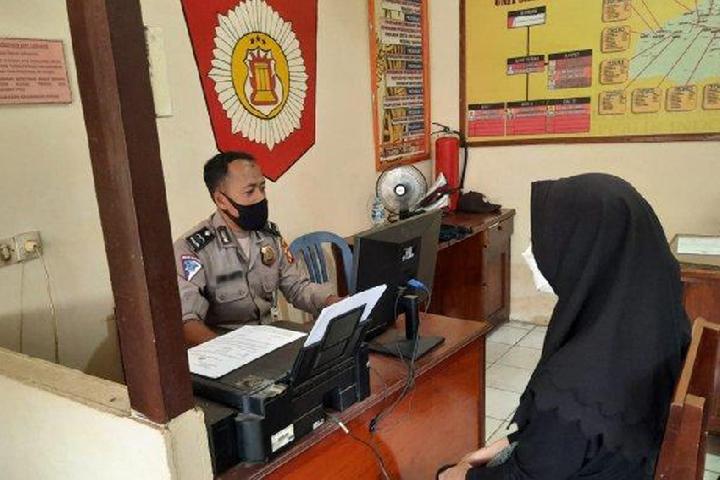


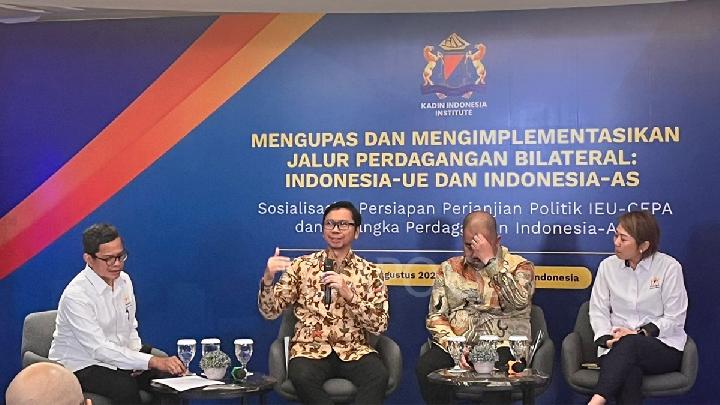

:strip_icc():format(jpeg)/kly-media-production/medias/5243277/original/092151900_1749100247-front-view-cute-little-boy-listening-music.jpg)